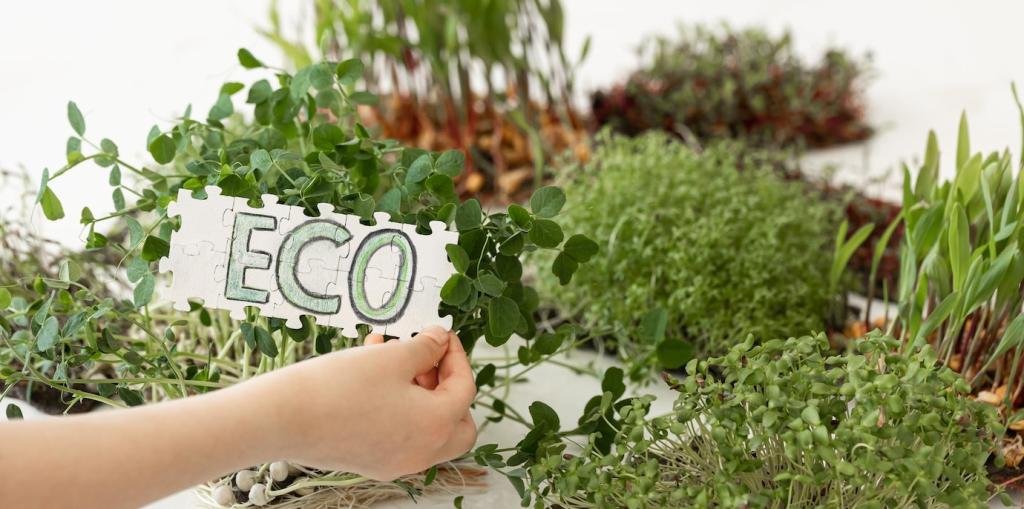Know Your Materials Before You Mix
Water and acids behave differently on wood finishes. Varnished surfaces dislike strong acids; oiled wood prefers nourishing polish. Always test a hidden patch first. Comment with your wood type and we’ll suggest a gentle, earth-friendly routine to try.
Know Your Materials Before You Mix
Cotton, linen, and wool absorb more and may need blotting patience; synthetics resist stains but can trap odors. Vacuum first, then spot-treat with mild, plant-based solutions. Ask questions about your sofa fabric and we’ll recommend a safe starter recipe.






